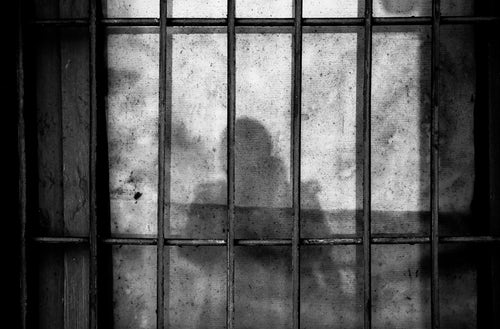
National news agencies have focused on the welfare of inmates throughout Mississippi as a spate of deaths, the majority having unknown causes, have left many questioning the safety of facilities. People want to be informed. The concerning number of deceased prisoners over the last month, 16 total, is almost a third of the deaths for the year of 2015. The Clarion Ledger’s article, “One Month, Sixteen Dead” published a list of names and ages of those that died. Around a third were under the age of 40. CNN’s article, “12 Mississippi Inmates Die in Custody this Month,” revealed that there were 47 inmate deaths in 2015. Why is this number climbing at an alarming rate? Will the FBI investigate?
Central Mississippi Correctional Facility, where five of the deaths have taken place, has a history of controversy and allegations of unethical treatment. In April, the New York Times posted a video accompanied by an article entitled “Inside a Private Prison: Blood, Suicide and Poorly Paid Guards.” The video depicts a seemingly pre-planned attack. Multiple prisoners rushed a man, relentlessly beating him until he fell to the ground unconscious. The video didn’t show guards attempting to break up the fight while it was actively taking place. Although there was someone allegedly in control of the video, it was shared that it took officials approximately 30 minutes to appear. How often do inmates go physically unsupervised and have free run from their cells? What is the typical reaction time to break up fights? The article discusses that incentives were given when they were able to function without exceeding the budget. Alarmingly, the same courtesy was not extended for the inmates, as there allegedly weren’t penalties if they were unfortunate enough to “die under questionable circumstances.”
The ACLU article, “East Mississippi Correctional Facility is Hell on Earth” remarked on the lacking psychiatric and medical care provided. It highlighted the story of a prisoner with a history of mental illness and self-harm. After cutting himself, he let a staff member know of his desire to speak to the warden. Although he had blood on his arm, it’s alleged that emergency assistance wasn’t called immediately. By the time medical care had arrived, he wasn’t responding. Rather than rushing medical personnel to his aid, dogs were brought in first. The man had committed suicide by strangulation.
Another article by the ACLU entitled, “Civil Rights Groups Will Show Extreme Suffering, Abuse, and Neglect at East Mississippi Correctional Facility” states that those who are segregated may spend all day in a small unclean room with non-functioning lights. Isolation can increase depression. While having prisoners in isolation may be understandable in some cases, the lack of light can create an environment with the potential to worsen their depression. How often is this happening?
As a college student, why should you care?
Although society tends to adhere to the philosophy “out of sight, out of mind,” most inmates will be released, eventually having the chance to blend back into their communities. If they’re provided the proper psychiatric help and structure, they will be able to transition back into society with greater ease after they have served their time. We want them to experience improvement in their personal lives and how they manage their emotions and reactions. If you’re treated in a sub-human manner that breeds a cycle of negativity and hostility towards other people, in particular, those of authority, how can we expect someone to develop into a healthy citizen?
Living in inhumane conditions with the potential threat of unchecked violence and filth is not a reliable means of reforming someone. While prisons are intended to punish those who have committed crimes, it shouldn’t be the exclusive focus. I believe there needs to be humanity and reformation to coincide with their punishment.
